Types of Rose Hips: Do All Roses Produce Hips?
May 03, 2022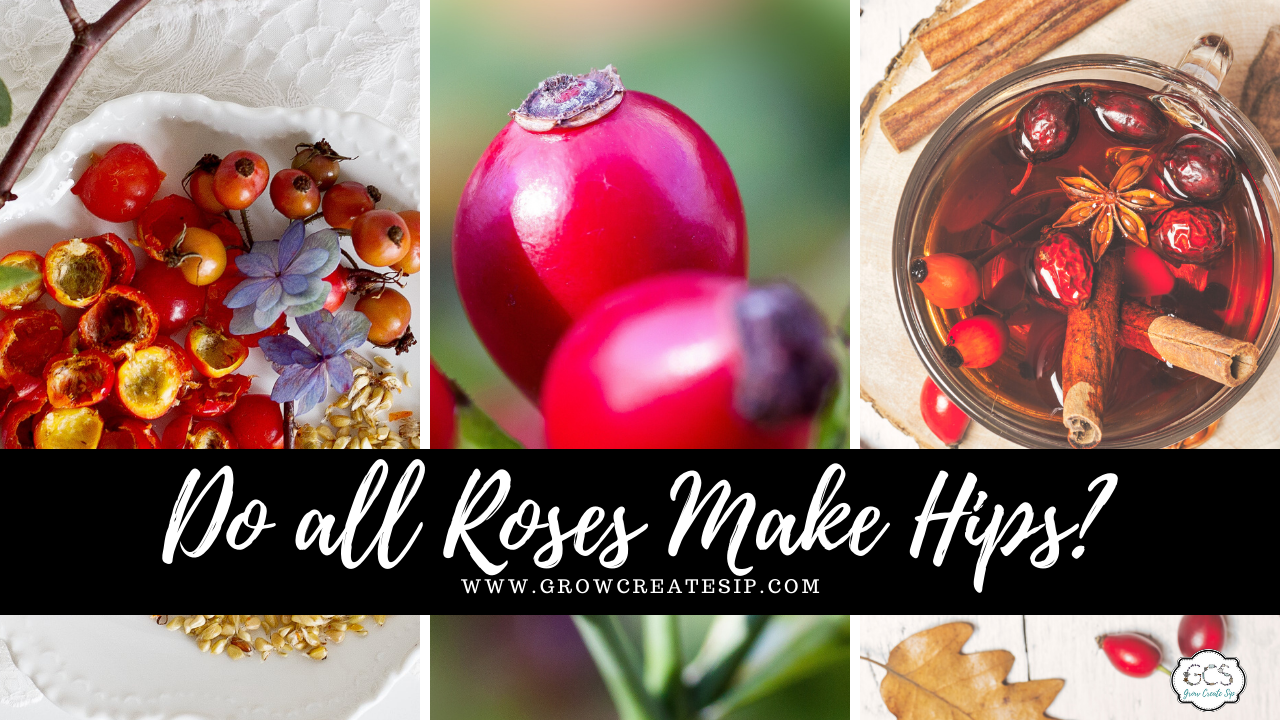
Did you know the first roses were most likely cultivated in China around 5,000 years ago? The Romans started using rosehips for medicinal purposes soon after, and the Egyptians for scent.
Filled to the brim with juicy, vitamin-packed flesh, the hips of a rose plant are an incredibly multi-functional and tasty snack. We can use them for teas, jellies, jams, cooked meals, or even eat them raw (as long as we discard the seeds).
How do you know which are the best roses for hips with dozens of available species, and what can you even do with them? Keep reading to find out.
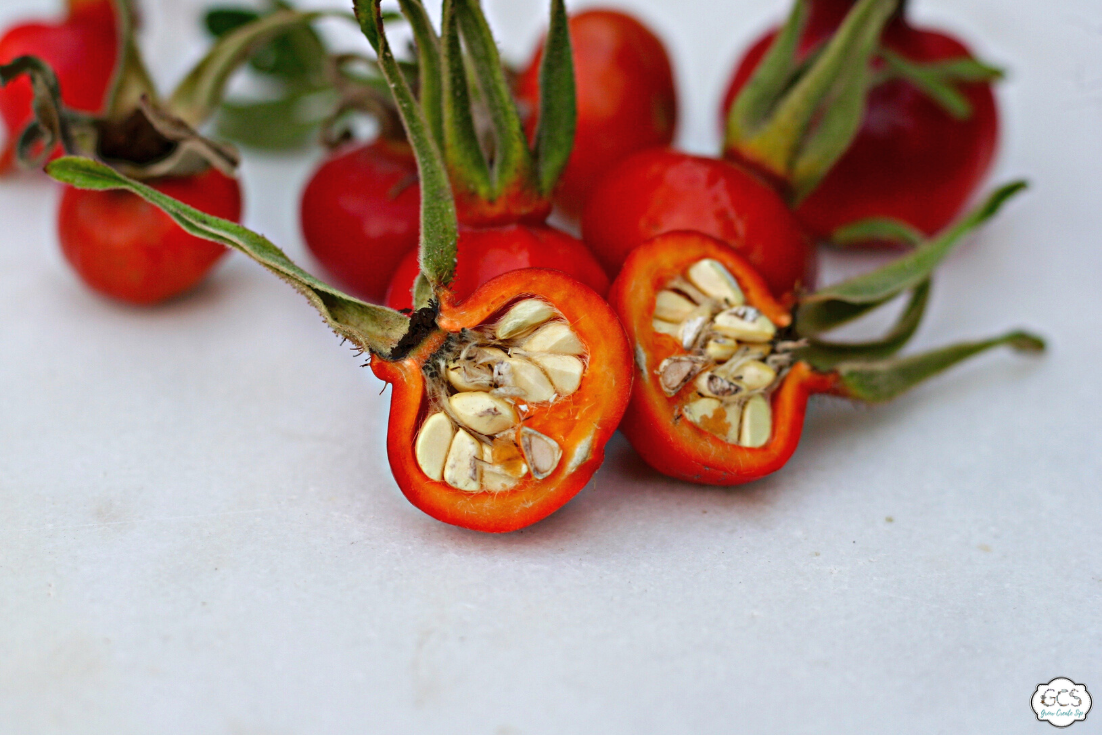
Understanding Rose Hips
The rosehip, also known as rose hep or rose haw, is an accessory fruit of the rose plant. The color is usually red or orange, but it can range from dark purple to black in some species.
Every uncut rose will ultimately develop a hip, but some will appear in the summer and others later in the autumn, depending on the species. Shrub roses and elderly garden roses produce the best rose hips.
It is unnecessary to dead-head (remove wasted blossoms) shrubs and wild roses. Modern roses, on the other hand, (hybrid tea, floribunda, and Grandiflora cultivars) are repeat bloomers and must be dead-headed to keep them blooming. We need blooms to get rose hips! There are plenty of ways to keep a garden going from cuttings, however, so don't be afraid to trim your plants.
Before we start:
This herbal information is just that, information. This blog post and I DO NOT INTEND to treat, cure, or diagnose any disease or illness. This is for informational, educational and entertainment purposes only. Please consult a physician before using herbs medicinally.
This post also contains affiliate links throughout. Translation: We get a little kick back for sharing certain products, at no additional cost to you, should you choose to purchase said items. And - thank you for supporting our farm and family! Read the full disclaimer here.
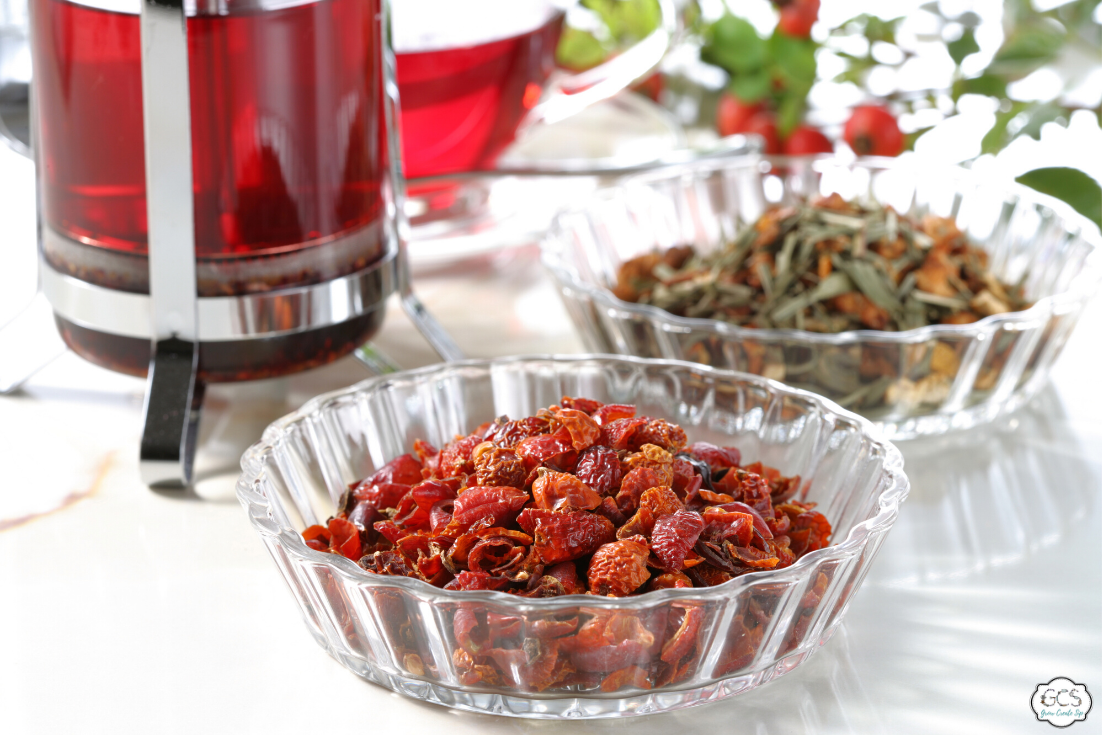
The Benefits of Rose Hips
Rose hips have a delicate fruity flavor and are high in vitamins A, B, and C. The fruit and seeds are both edible, however, we should avoid eating them whole because they grow with prickly little hair inside the fruit. You can filter them out either before or after the drying process.
Besides their flavor, they say rose hips are a high-quality, natural source of vitamin C, with 50% more vitamin C than oranges! It's even been suggested in several studies that a 5-gram dose of rose hip supplements can help treat and relieve the symptoms of arthritis.
Some other benefits of rose hips may be:
- Helps boost the immune system
- High in antioxidants
- Helps lower cholesterol and blood pressure
- Reduce inflammation
- Treat diarrhea and stomach ulcers

Best Roses for Hips
Most modern roses don't have huge or showy hips like old garden roses do. However, plenty of other shrubs and old garden roses grow beautiful and edible hips.
The thing is, some hips are just going to be better for one task than another. That's not to say if you only have one species around that you can't use for tea and cooking, but it's always good to know which types of rose hips will work best.
Best Hips for Tea
The Rose Filipes, or Rambling Rose, produce hips that are the best herb for tea since their fragrance is so lovely and strong. While most regular roses will produce hips, wild roses are more commonly used for making tea. Aside from the Rose Filipes, we can also use:
- Rosa Rugosa
- Rosa Rubignosa
- Rosa Arvensis
- Rosa Virginiana
We'll likely get more fresh vitamins and antioxidants from fresh rose hips, rather than dry ones, so it's best to choose hips that don't have lots of fibers. With that in mind, however, the drying process will not undermine the benefits of tea.
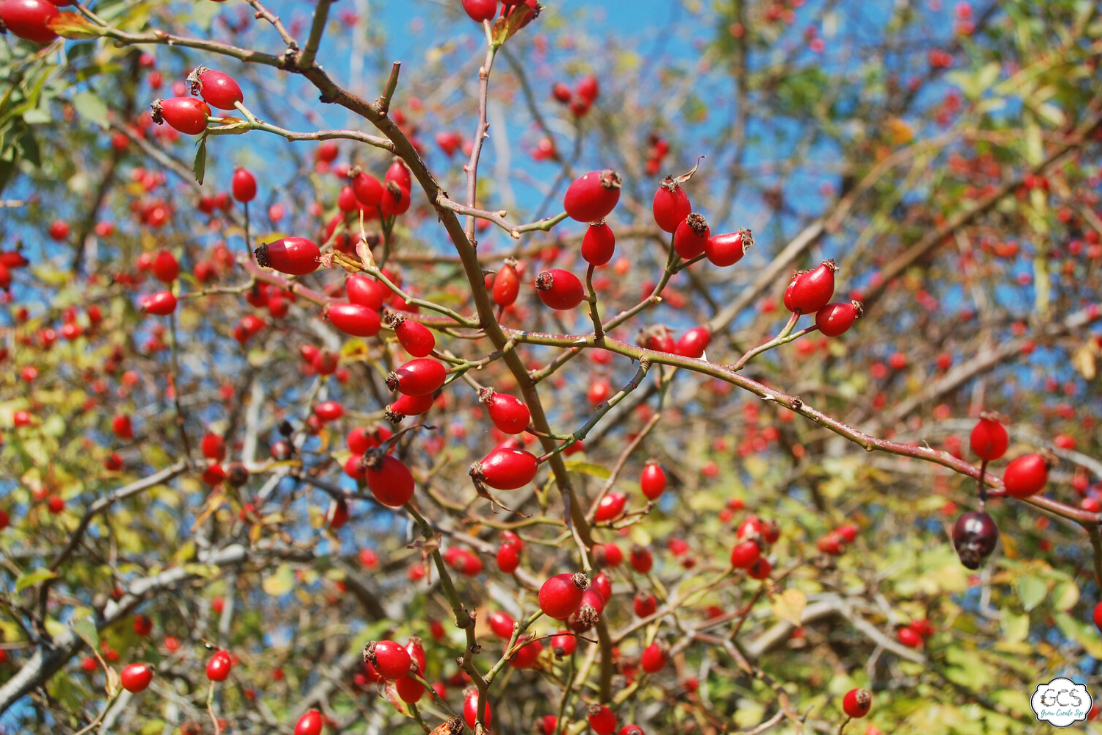
Best Rose Hips for Vitamin C
Interestingly, plants that grow in higher altitudes are said to have higher antioxidant levels, which would make them ideal for anyone looking to get an extra boost. There is no shortage of immune-boosting goodness with about 1700-2000 mg of Vitamin C in every 100g dried product.
Ultimately, it doesn't matter which rose hips you use if your goal is to increase your vitamin and antioxidant intake, but we recommend Rosa Canina, simply because it's functional as a tea and great for jams, jellies, and other culinary treats.
Best Hips for Cooking
The hips produced by the common wild rose, otherwise known as the dog rose, or Rosa Canina, are the best for eating. They produce firm, deep crimson hips with a lovely strong flavor. They're also easy to find and pick.
They're typically ripe throughout fall, but the best time to pick them is right after the first frost. Another typical rose that yields tasty and gigantic hips is the Rosa Rugosa, or the Japanese Rose. These hips can often become four or five times the size of a dog rose hip! We should also note that though Japanese Roses are great for jams, jellies, and vinegar because they have a higher water content, they're not ideal for making syrups.
Other hips for cooking with are:
- Sweetbrier Rose (tastes like apple)
- The Burnet Rose has dark purple and black hips (great for liqueur)
With the bigger hips, it's best to err on the side of caution and remove as many hairs from the inside as possible before setting them aside to dry.

Rose Hips to Avoid
While every type of rose hip is technically edible, it's best to avoid a select few. This is not because they're poisonous, but simply because they won't taste good, and, with rotten hips, will make us ill.
If the hips are still green, they will probably have an unpleasant, bitter taste, so it's best to avoid them or leave them to ripen some more. On the same note, hips with dark spots or a squishy texture should be avoided too, as that could show that they have a disease, or are just well beyond their "best before."
We always want to choose hips that are bright in color and have firm (but not solid) bodies.
Why a Rose Plant May Not Develop Hips
If the roses weren't pollinated, then it's unlikely they would develop hips. Where there is no pollination, there are no seeds, and where there are no seeds, there is no need for hips.
There are also some roses that are not fertile, like some GMO roses, so they can't reproduce, which also, unfortunately, means no hips. Remember, not all GMO roses or plants are sterile, it's simply best to be aware of it when planting roses.
Finally, dead-headed roses won't produce hips, which is why wild shrubs and rose species are better for foraging and growing, as they don't benefit as much from dead-heading as garden cultivars.
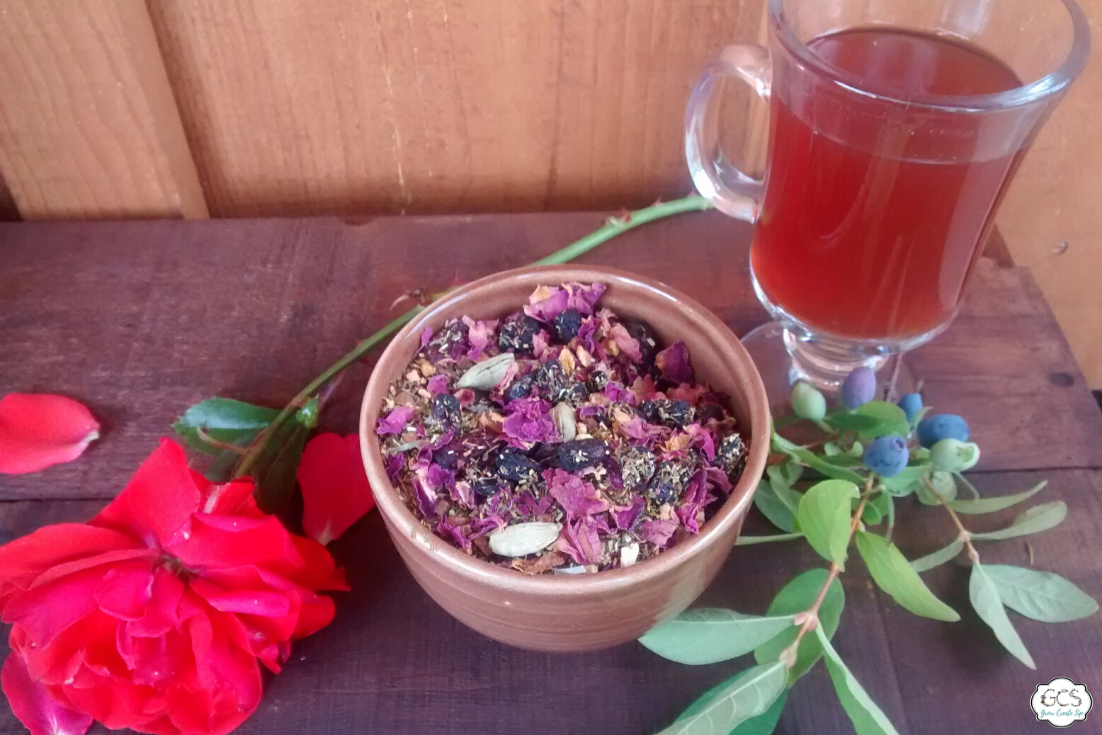
Stop and Smell the Roses. Or Eat Them!
Growing a rose plant can be extremely fulfilling, and not only because they look good (and give you the best garden for foraging). They're an incredibly versatile plant with so much to give, from juicy rose hips to decadent petals.
If you are looking to take a deep dive study into roses or any medicinal plant, make sure to download our free herbal monograph worksheets to get you headed the right direction. I'd love to know though, have you harvested your own rose hips before? Let me know in the comment section down below!
More about growing roses...
- How to Plant Roses for Preservation and Production
- Rose Bush Care Methods and Techniques
- How to Grow Roses from Cuttings
- Rose Petal Tea and Damask Roses
- Rose Hip Tea and Rose Hip Benefits
- How to Preserve Flowers for Tea














